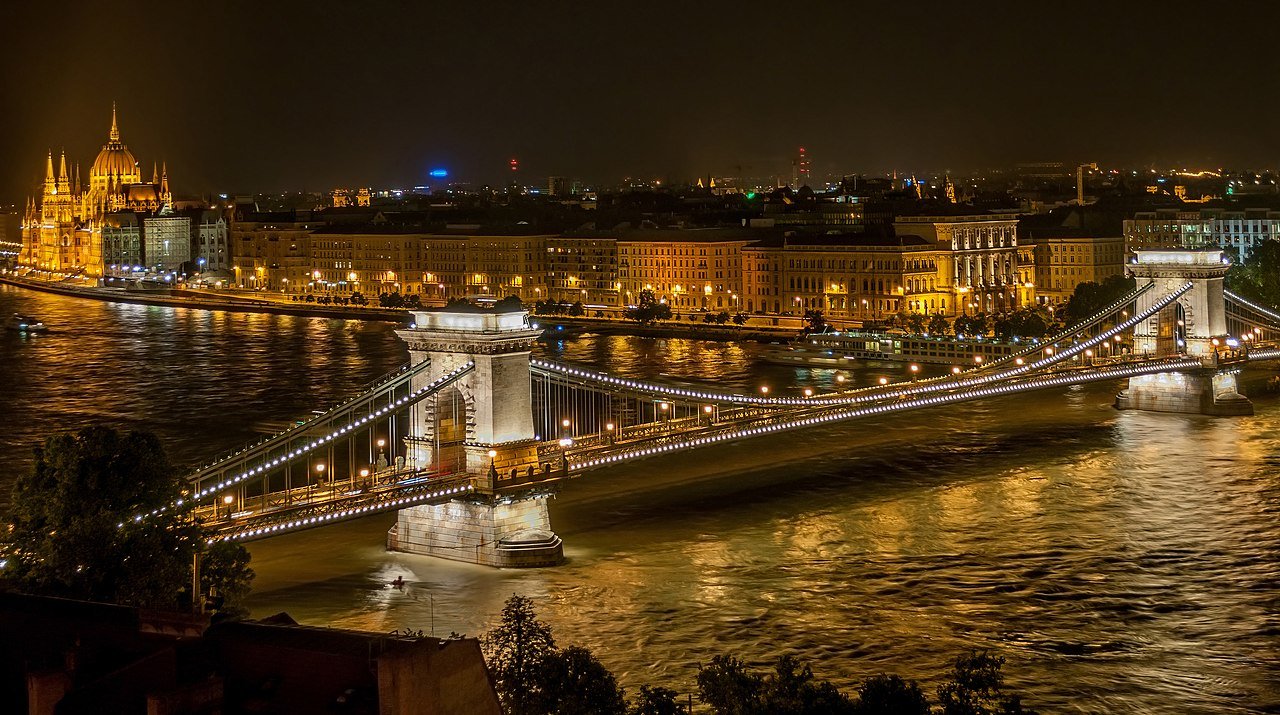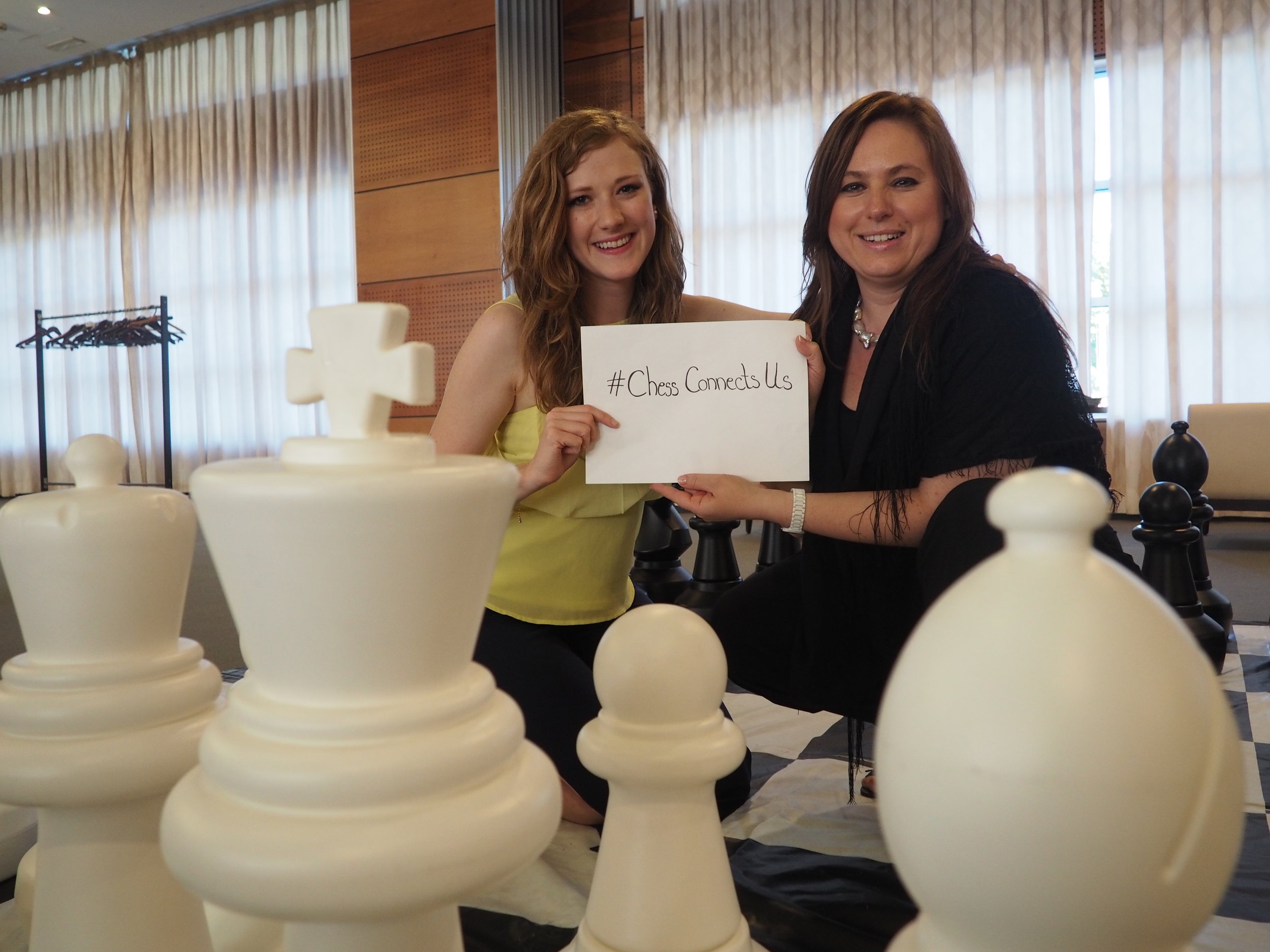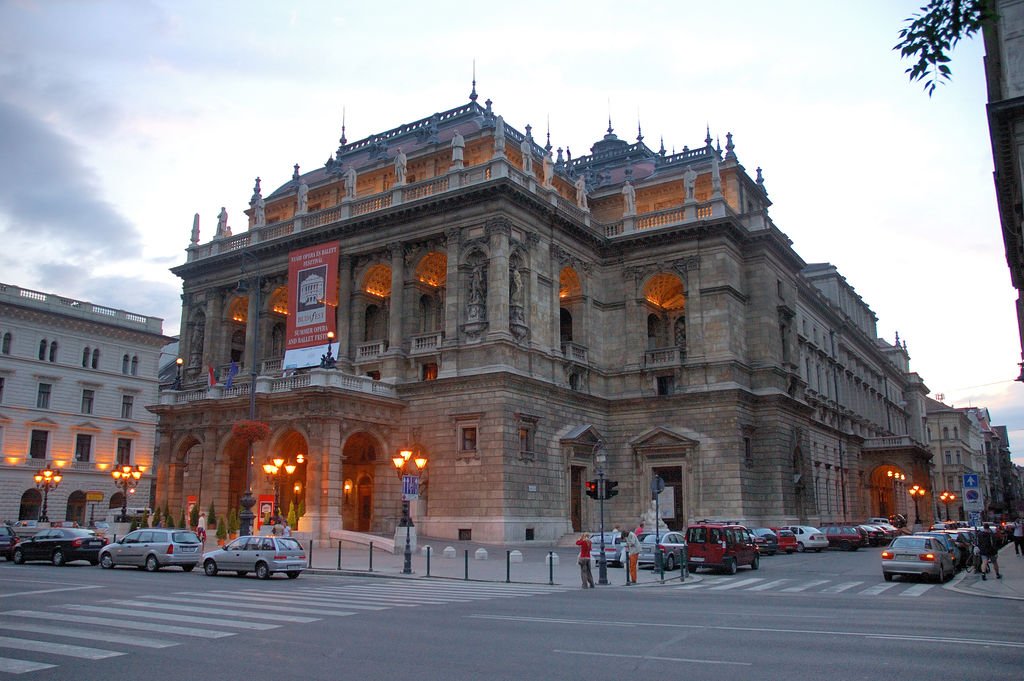New Hungaricum: Teqball Scores Big in Home Country
zita kisgergely
Natalia Guitler / Teqball via Wikipedia Commons, photo by WynWork
Hungaricum is defined as “a collective term indicating a value worthy of distinction and highlighting within a unified system of qualification, classification, and registry and which represents the high performance of Hungarian people thanks to its typically Hungarian attribute, uniqueness, specialty and quality.” In simpler terms, it’s something particularly Hungarian that represents the culture at home and abroad. Things like gulyás soup, Zsolnay porcelain, and the fruit brandy pálinka. Every year, a few cultural artifacts are added to the list.
This year is unique in that Teqball, which only came into existence in 2012, has in record time achieved the distinction of being designated a Hungaricum. Indeed, many people still don’t know what Teqball is, or if they do, that it originated in Hungary. But unsurprisingly, Hungarians can add this sport to their long list of inventions.
What exactly is Teqball? It’s a kind of combination of football technical skills and ping-pong. According to the sport’s official site: Teqball is a football-based sport, played on a specially-curved table (the Teq table), which is attracting a new generation of athletes and amateur enthusiasts (teqers), whose ambition is to develop their technical skills, concentration and stamina. The sport, which was created in Hungary in 2012 is a truly gender-equitable game, as the rules define that teqball shall be played between two (singles) or four players (doubles), irrespective of gender. The sport follows a points-based scoring format and can be played on various surfaces such as sand, acrylic or indoors. Teqball allows players a maximum of three touches before returning the ball to the opponent, so if you can juggle a football three times, you will excel at teqball as well. Teqball is the purest use of a football, with the rule of no physical contact allowed between the players, or between the players and the table, helping eliminate the risk of impact injuries.
Teqball had been very successful since its inception, with over 2000 clubs established worldwide, and organized tournaments and world championships. It may be only a matter of time before it makes a bid as an Olympic sport. Not surprisingly, Hungarian players dominate the rankings, but the USA, Serbia, and Brazil also make strong showings in the Teq world.
But enough chit-chat. Below is an extended rally from an exciting Teqball match.
Flatpack Films has many years of experience dedicated to offering expert servicing. It has brought the best of Hungary to countless brands, agencies, and production companies through its unique locations, exceptionally skilled crews, top of the line equipment and technical solutions. Backed by an impeccable track record, Flatpack Films has worked with world-class clients including Samsung, Samsonite, Toyota, Braun, Chivas Regal and many more - bringing their projects to life through a highly bespoke approach.









































